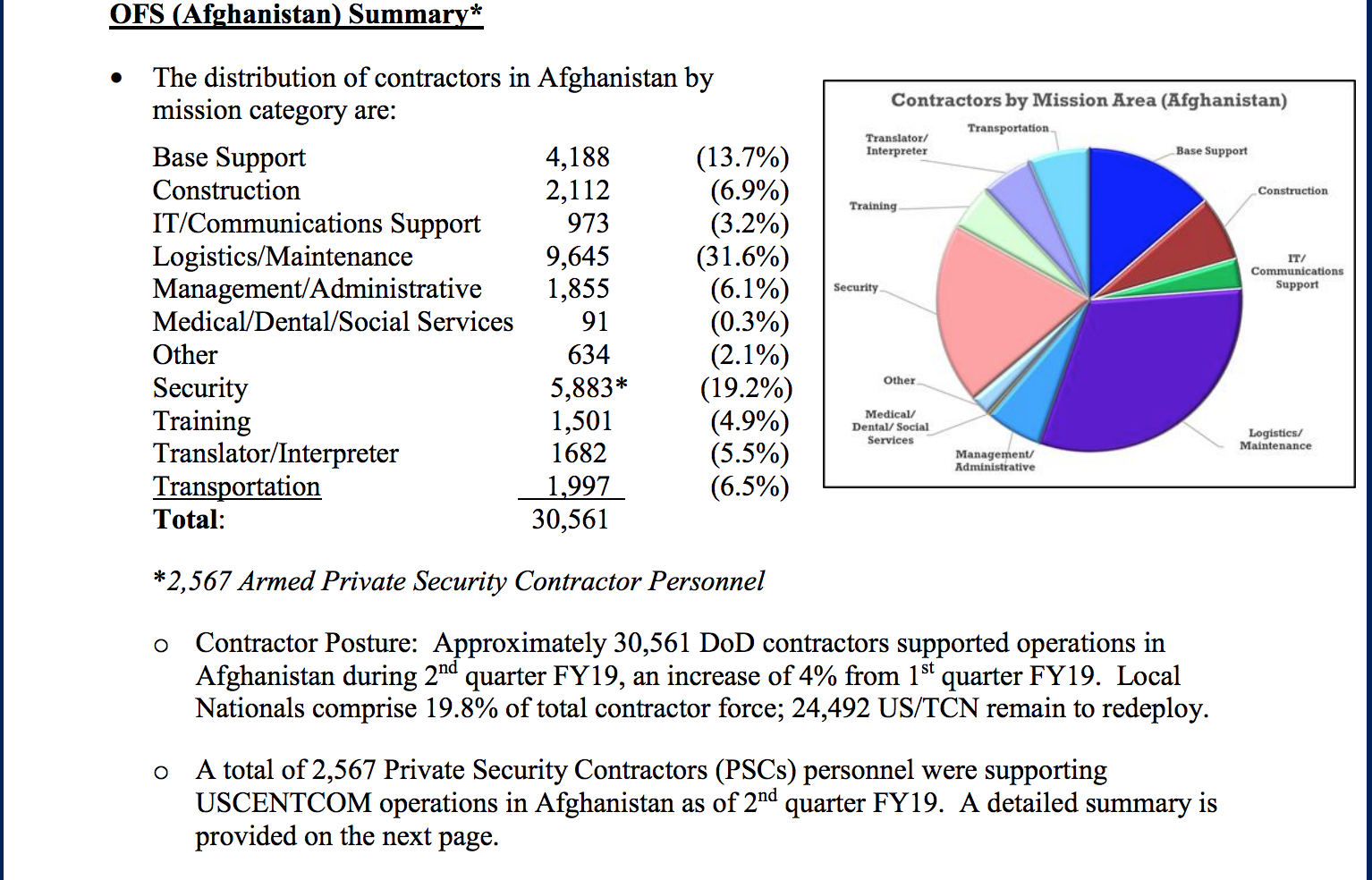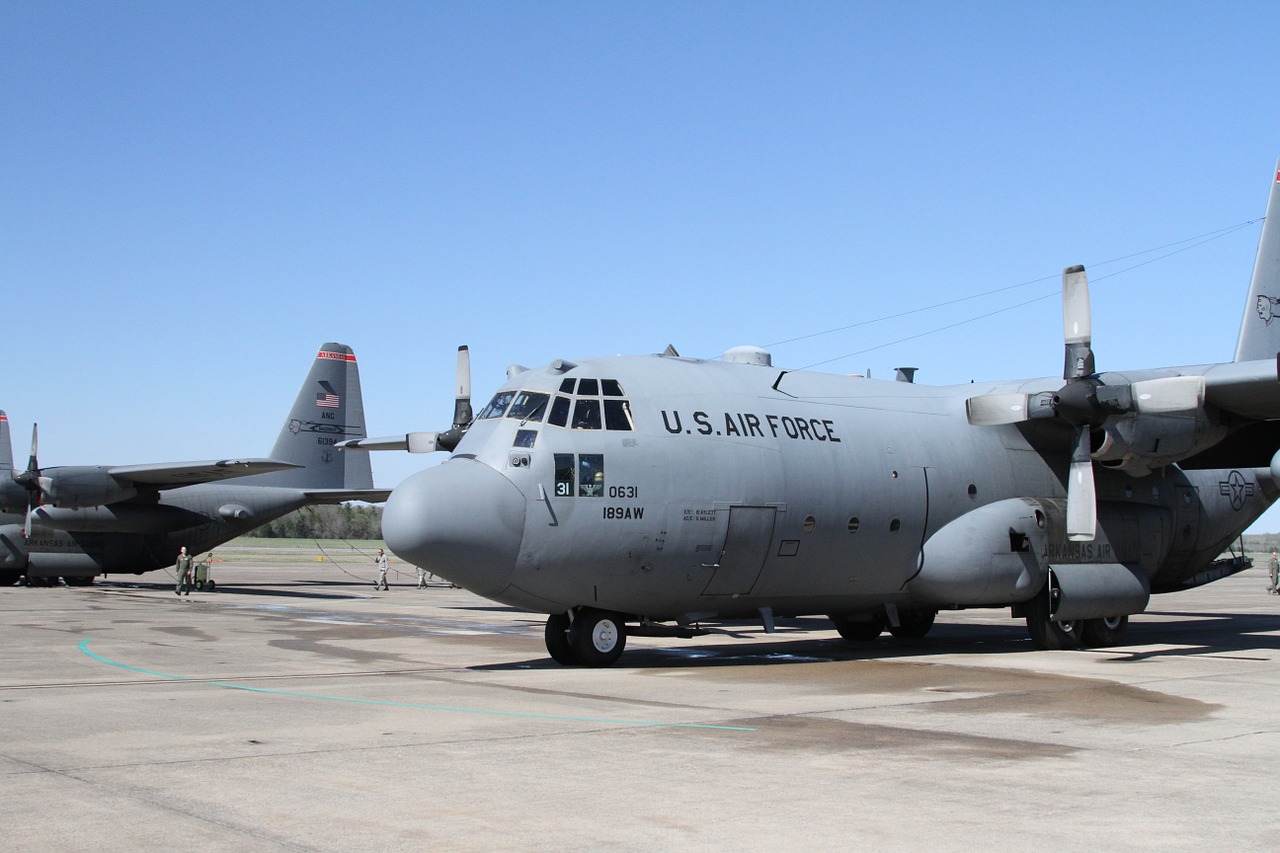Nearly every workers’ compensation law across the globe operates on one core concept, namely, that injuries caused by virtue of a worker’s employment are compensable, and injuries unrelated to employment are not. Although appearing straightforward, this dichotomous rule has been the subject of countless lawsuits stemming back to the very beginning of workers’ compensation law. With the advent of time and the natural laws of probability, it seems that every conceivable injury has been addressed in relation to this rule. Lighting strikes, heart attacks, car accidents, choking on fish heads, autoerotic asphyxiation, grocery shopping deaths, and faulty face creams have all been addressed at one time or another in relation to the Zone of Special Danger Doctrine. This article examines the increased compensability of claims brought by injured workers under the Defense Base Act through application of the Zone of Special Danger Doctrine.
The Zone of Special Danger Doctrine is a workers’ compensation concept rooted in early English law, and adopted into the Defense Base Act framework by the United States Supreme Court in the early 1950’s. The central English case cited by the United States Supreme Court, Thom v. Sinclair, involved the injuries sustained by a fish-worker in Aberdeen, Scotland. At the time of injury, the worker was boxing herring in a shed belonging to her employer, located adjacent to a twenty foot high brick wall. The brick wall collapsed, permanently disabling the fish-worker, and killing many others. The issue presented by this fact pattern was whether the fish-worker’s injury arose out of, and in the course of her employment. Through decision dated March 8, 1917, The House of Lords held that the injuries sustained by the fish-worker were “caused by accident arising out of her employment within the meaning of the Workmen’s Compensation Act of 1906.” Thom v. Sinclair, House of Lords, A. C. 127 [1917]. The reasoning behind this holding was that the worker’s obligations of employment placed her in a “zone of special danger”, from which her injury arose.
The House of Lords cited to older English case law, which formed the basis of the newly formed Zone of Special Danger Doctrine. These matters included a compensable case of sunstroke whereby a worker was placed on a hot steel deck for hours by virtue of his employment (Davies v. Gillespie, 105 L. T. N. S. 494, 5 B. W. C. C. 64), and an insurance collector who was injured on a staircase that he was required to climb by virtue of the location of his employment (Millar v. Refuge Assur. Co. [1912] Sc. Ct. Sess. 37). The House of Lords specifically reasoned:
If the conditions of his employment oblige a workman to work in a particular building or position which exposes him at the time and on the occasion of the accident to the injury for which compensation is claimed, then, although the accident is not consequent on and has no causal relation to the work on which the workman is employed, such accident arises out of his employment, as incident, not to the character of the work, but to the dangers and risks of the particular building or position in which by the conditions of his employment he is obliged to work.
Thom v. Sinclair, House of Lords, A. C. 127 [1917], at pg. 145 (emphasis added).
Thirty-four years later, the Supreme Court of the United States imported the application of the Zone of Special Danger Doctrine into the framework of the Defense Base Act via Justice Felix Frankfurter’s ruling in O’Leary v. Brown-Pacific-Maxon, Inc., 340 U.S. 504 (1951). Justice Frankfurter was nominated to fill the late Justice Benjamin Cardozo’s Supreme Court seat by his close friend and advisee, President Franklin D. Roosevelt. Tens years prior to the Court’s ruling, Roosevelt himself signed the Defense Base Act into law in August 1941 under the original title of “An Act to Provide Compensation for Disability or Death to Persons Employed at Military, Air, and Naval Bases Outside the United States”.
A key provision of the federal Defense Base Act is that it requires an injury arise out of and in the course of employment in order to be held compensable. In O’leary, a worker stationed at a military base on the remote island of Guam died after swimming in treacherous waters adjacent to a recreational facility during a voluntary attempt to save another swimmer’s life. A claim for Defense Base Act death benefits was filed by his dependent mother, and the Department of Labor’s OWCP found that the worker was using the recreational facilities sponsored by the employer incident to his employment. Thus, it was reasoned that the worker’s death arose out of, and in the course of his employment. On appeal, the United States Court of Appeals for the Ninth Circuit reversed the holding, and the matter was brought before the Supreme Court.
In short, the Supreme Court ruled that in order for an injury to be held compensable under the Defense Base Act, it must be demonstrated that a worker’s obligation or condition of employment created "a zone of special danger" out of which his or her injury arose. O’Leary v. Brown-Pacific-Maxon, Inc., 340 U.S. 504 (1951). Specifically, Justice Frankfurter held:
The test of recovery is not a causal relationship between the nature of employment of the injured person and the accident. Nor is it necessary that the employee be engaged at the time of the injury in activity of benefit to the employer. No more is required than that the obligations or conditions of employment create the ‘zone of special danger’ out of which the injury or death arose.
O’Leary v. Brown-Pacific-Mason, Inc., 340 U.S. 504, 506-07 (1951). This ruling greatly expanded the work-relatedness of potential claims under the Defense Base Act by broadening the scope of compensable injuries.
The Supreme Court of the United States revisited the Zone of Special Danger Doctrine in O'Keefe v. Pan American World Airways, Inc., 338 F. 2d 319, 322 (5th Cir. 1964), cert. denied, 380 U.S. 951 (1965) in the context of “reasonable recreation”. Generally speaking, most claims brought under the Defense Base Act concern injuries occurring while the worker is “on duty”. The issue presented in the O’keefe matter, was whether an injury occurring while the worker was off duty and performing personal recreational activity is compensable under the Defense Base Act. In O’keefe, the deceased worker in question was stationed in South Korea and planned to visit a lake over thirty miles away on the weekend with some friends. While at the lake, the worker wished to create a sandy beach in front of the house he was staying at for the weekend. To accomplish this, he boarded a small boat, loaded it with sand from a location across the lake, and in the process of returning, the boat sank. As a result, the worker died, and his widow brought a claim for death benefits under the Defense Base Act.
In a per curium decision, the Supreme Court ultimately upheld an award for death benefits reasoning:
It cannot be said that his holding that the decedent's death, in a zone of danger, arose out of and in the course of his employment is irrational or without substantial evidence on the record as a whole. The decedent was hired to work in the exacting and unconventional conditions of Korea. His transportation over and back was to be at the employer's expense, and, while there, he was considered to be working on a 365-day per year basis…Finally, the employer provided neither housing nor recreational activities for its employees, but expected them to live, while necessarily in the country to perform its work, under the exacting and dangerous conditions of Korea…In the words of the District Court, "It was reasonable to conclude that recreational activities contributed to a higher efficiency of the employer's work, and that, when conducted in the restricted area of employment, on a work day, so to speak, and in a manner not prohibited by the employer, such activity was an incident of the employment.”
O'Keefe v. Pan American World Airways, Inc., 338 F. 2d 319, 322 (5th Cir. 1964), cert. denied, 380 U.S. 951 (1965), at 363-364.
Thus, the Supreme Court rightfully acknowledged that employees working under the Defense Base Act in remote places, where recreational and social activities are severely limited, are in different set of circumstances from employees working within the safety and standard of living provided for in the United States. Therefore, the Supreme Court expressly acknowledged that “off-duty” injuries caused by purely personal acts, social activities, and recreation are incident to the overseas employment relationship, and are compensable under the Defense Base Act.
In addition to the Supreme Court’s ruling in O’leary and O’Keefe, the following cases have been held compensable under the Defense Base Act via application of the Zone of Special Danger Doctrine:
1962 - Defense Base Act compensation benefits and medical expenses were awarded to a worker who sustained a spinal injury resulting from a car accident. The car accident occurred off-duty, during a purely personal romantic rendezvous on the island of Guam. The Ninth Circuit reasoned that as the worker had no life “but the company’s life”, the injury arose out of and in the course of his employment. Self v. Hanson, 305 F. 2d 699 (9th Cir. 1962);
1965 - Defense Base Act death benefits were awarded in a matter where a worker was killed in a car accident while returning from a bar in San Salvador. Gondeck v. Pan-American World Airways, Inc., 382 U.S. 25 (1965);
1966 –In this matter, a Navy vehicle struck a worker while he was hitchhiking back to his living quarters on the small island of Guam. The Ninth Circuit held that the injured worker’s claim for Defense Base Act benefits was compensable. Takara v. Hanson, 369 F. 2d 392 (9th Cir. 1966);
1978 - The Benefits Review Board upheld an award for death benefits brought a worker who suffered a fatal abdominal aortic aneurysm following a round of golf played in Nepal. The Board reasoned that the worker’s death fell within the protections of the Zone of Special Danger Doctrine. Smith v. Board of Trustees, Southern Illinois University, 8 BRBS 197 (1978);
1982 - Defense Base Act death benefits were awarded in a matter wherein a worker sustained a heart attack while off-duty in employer-provided housing in Greenland. During the worker’s heart attack, co-workers called an ambulance, but the stretcher could not fit into the dwelling due to its narrow hallways. The ALJ and Ninth Circuit Court of Appeals held that application of the Zone of Special Danger Doctrine was warranted as the construction of the worker’s barracks prevented him from receiving adequate medical treatment in a timely fashion. Ford Aerospace & Communications Corp. v. Boling, 684 F.2d 640 (9th Cir. 1982);
2004 - The Ninth Circuit held that a worker’s injuries suffered as a result of “foreseeable horseplay” during a bar fight arose out of a "zone of special danger". The Court reasoned that the worker’s employment on the Johnston Atoll was isolated, and provided very limited recreational opportunities such that the worker’s injuries were both foreseeable and compensable under the Zone of Special Danger Doctrine. Kalama Services, Inc. v. Director, Office of Workers’ Compensation Programs, 354 F.3d 1085, (9th Cir. 2004); and
2015 - The First Circuit upheld an award of Defense Base Act death benefits resulting from the death of a worker stationed in the country of Georgia. In this matter, the worker was killed by a drunk driver while he traveling in a taxicab to purchase groceries. The taxicab was a modern Mercedes-Benz vehicle, and the employer provided transportation vouchers to the worker to buy groceries. The First Circuit held that the employer failed to provide a legal conclusion that decedent's activity was not rooted in the conditions of his employment, or was “thoroughly disconnected” from the service of employer. Further, the Court clarified that the requisite “special danger” covers risks peculiar to the foreign location and risks that might occur anywhere, but in fact occur where the employee is injured. Battelle Mem. Inst. v. Dicecca, U.S. App. LEXIS 11587 (1st Cir. 2015).
Although the courts have extended Defense Base Act compensability via the Zone of Special Danger Doctrine to cover the vast majority of injuries occurring overseas, there is a judicial limit to its applicability. In circumstances where a worker’s injury was the result of activity “so thoroughly disconnected” from the worker’s employment, the injury will not fall within the Zone of Special Danger Doctrine. For example, auto-erotic asphyxiation, voluntary participation in murder, and injuries due to cosmetic face creams have all been held to fall outside the scope of the Zone of Special Danger Doctrine. Gillespie v. General Electric Co., 21 BRBS 56 (1988), aff'd mem., 873 F.2d 1433 (1st Cir. 1989). See also Truczinskas v. Director, OWCP, 699 F.3d 672, 46 BRBS 85(CRT) (1st Cir. 2012); Kirkland v. Air America, Inc., 23 BRBS 348 (1990), aff'd mem. sub nom. Kirkland v. Director, OWCP, 925 F.2d 489 (D.C. Cir. 1991); R.F. v. CSA, Ltd., 43 BRBS 139 (2009).
To best determine whether your injuries fall within the protection of the Zone of Special Danger Doctrine, contact Diamond Law Practice, PLLC today. We can offer you a free claim consultation, and help you recover all available benefits available to you under the Defense Base Act. Please call (212) 220-7134, or email JDiamond@DiamondLawPractice.com today.




















